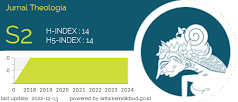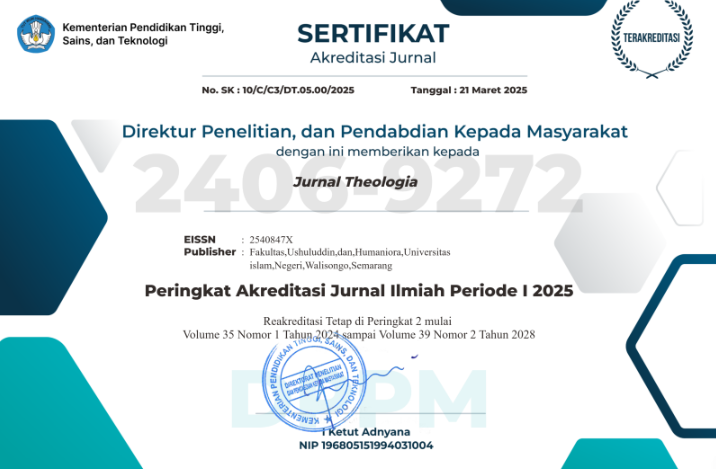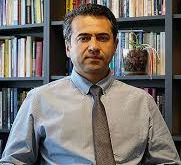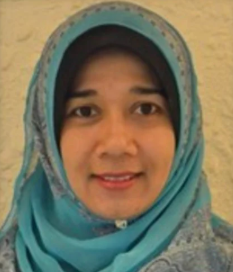The Dynamic of Muslim Identity In Multicultural Politic of Australia
DOI:
https://doi.org/10.21580/teo.2020.31.2.7946Keywords:
Key Word, Conflict Resolution, Identity, Minority, Multicultural PoliticAbstract
This research aims to explore the dynamic of Muslim Identities in a multicultural context. Taking Brisbane as a research locus, the research investigates modes of conflict resolution that are enacted in a Muslim minority area by considering the operation of Islam and Islamic modes negotiating identity within the wider society. The prime concern of the research based on the questions of how does the Muslim in Australia expresses their identity by developing the adaptation strategy as social action in a multicultural context?. Based on the questions, this article focused on the issues of the strategy of Muslim that used in responding to view and practices of multiculturalism. This research shows that Muslims in Australia have a wide variety of historical and social backgrounds. Amid Australia's multicultural politics, Australian Muslims have different responses to negotiate Islamic identity on the one hand and as Australian citizens on the other. The adaptation of Muslim in Australia then ranges from a moderate pattern, accepting a secular culture, to being reactionary as the impact of the feeling of being marginalized people as a “stepchild” in Australian citizenship.
Downloads
References
Alexander E. David. “Rethinking Australia’s International Past: Identity, Foreign Policy and India in the Australian Colonial History.” Flinders Journal of History and Politics. Vol. 29, 2013.
Anne Aly. “Australian Moslem Response to the Discourse on Terrorism in the Australian Popular Media”. Australian Journal of Social Issue. Vol. 41 Number 1. 2007.
Australian Government. Social Inclusion in Australia, How Australia is Faring. Department of Prime Minister and Cabinet. 2012.
Australian Government. The People of Australia: Australia’s Multicultural Policy (Booklet).
Department of Aboriginal and Torres Strair Islander and Multicultural Affair. Queensland Cultural Diversity Policy. Brisbane: Queensland Government. 2013.
Department of Premier and Cabinet of Multicultural Affairs Queensland. Queensland Community Relations Plan. September 1999
Gary D. Bouma. “Minority Religious Identity and Religious Distance in Australia.” In In Juliet Pietsch and Hayd Aarons. Australia, Identity, Fear, and Governance in 21 st Century. Canberra: the Australian National University. Epress. 2012.
Gaven W. Jones. White Australian, National Identity, and Population Change. In Legacies of White Australia. Edited By Laksiri Jayasuriya, David Walker and Jan Gothard. Crawley: The University of Western Australia. 2003.
Jock Collin Carol Reid. “Minority Youth, Crime, Conflict, and Belonging in Australia. International Migration and Segregation.” International Migration and Integration Journal. 2009
Juang, Linda, Masumoto, David Ricky, Culture and Psychology, Wadsworth, Thomson, 2004.
Kabir N, To B or Not To Be an Australian: Focus on Muslim Youth National Identity, Human Rights and Equal Opportunities Commission, Sydney, Vol. 10, No. 4, 2008.
Kevin Dunn, Susan Thompson, Bronwyn Hanna, Peter Murphy and Ian Burnley. “Multicultural Policy within Local Government in Australia”. Urban Studies, Vol. 38, No. 13, 2477–2494, 2001.
Kevin M. Dun etc. “Constructing Racism in Australia.” Australian Journal of Social Issue. Nov. 2004.
Michalis s. Michael. “Australis’Handling Tension between Islam and the West under Howard Government”. Asian Journal of Political Sciences Vol 17. No. 1. April 2009.
Paula Matthewson analysis on “How we are exploiting Terrorist Threat.” In http://www.abc.net.au/news/2014-09-29/matthewson-how-were-exploiting-the-terrorism-threat/5775 340
Patrick Harris and Vicki William. “Social Inclusion, National Identity, and Moral Imagination. Australian Review of Public Affair. Vol. 3, Number 3. 2003
Permendikbud No. 63 Tahun 2013
Salenda, Kasjim (2009), Terorisme Dan Jihad dalam Perspektif Hukum Islam, Jakarta,
Badan Litbang dan Diklat, Departemen Agama RI, 2009
Scott Poynting. “What Caused the Cronulla Riot?”Race and Class. 2006
Seidman, Interviewing as Qualitative Research, Teacher College Press, 2006
Stephen Castle, Graeme Hugo, and Ellie Vasta. “Rethinking Migration and Diversity in Australia: Introduction” Journal of Intercultural Studies. Vol. 34 no.2, 2013.
Virginia Nightingale and Tim Dawyer. “Community Attitude and Changing Audience: Integrating Multicultural Diversity into Media Policy.” Australian Journal of Communication. Vol 23. (3). 2003
Wiktorowizc, Quintan, Islamic Activism a Social Movement Theory Approach, Indiana University Press, 2012]
http://australia.gov.au/about-australia/australian-stories/ Australian-identity
htt://pswww.mia.org.audocumentsitem232




















